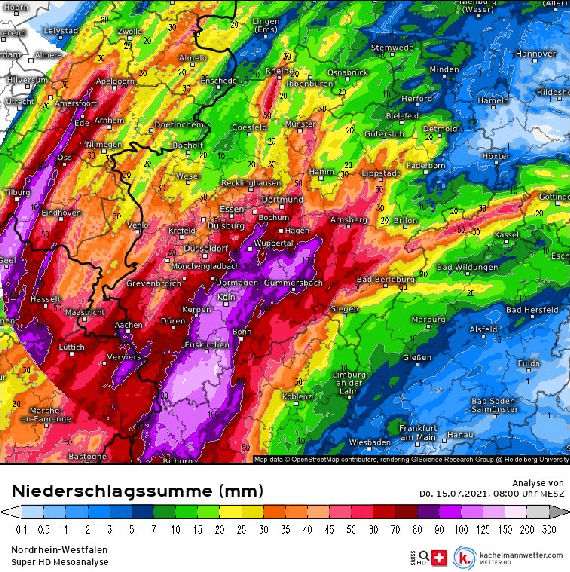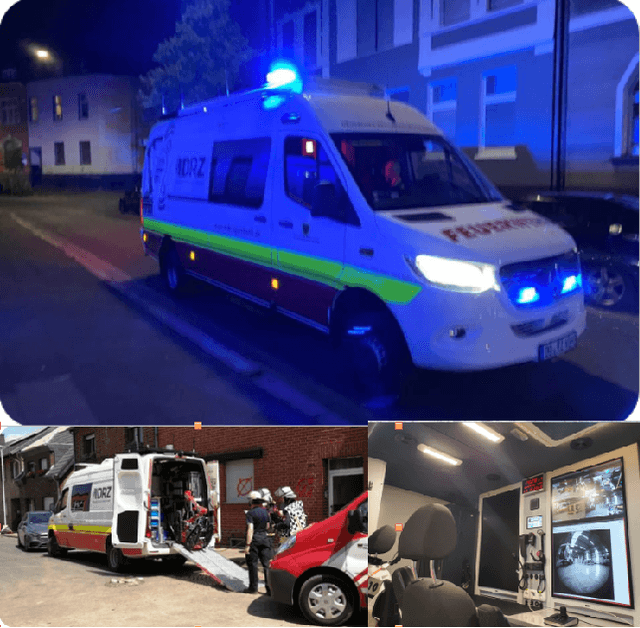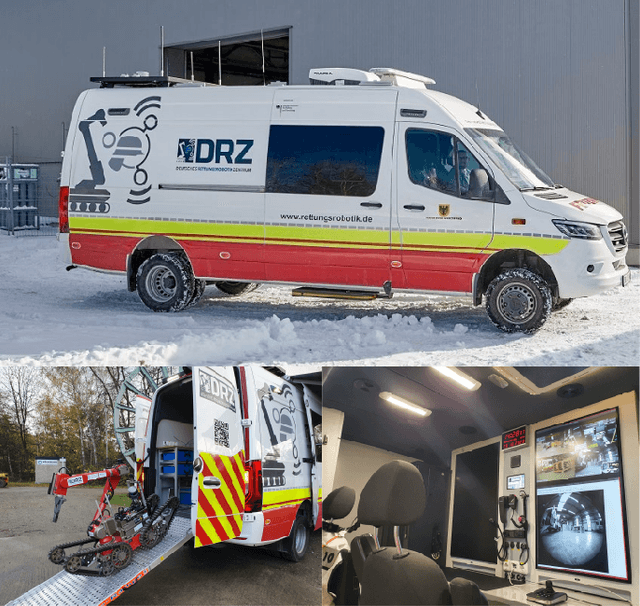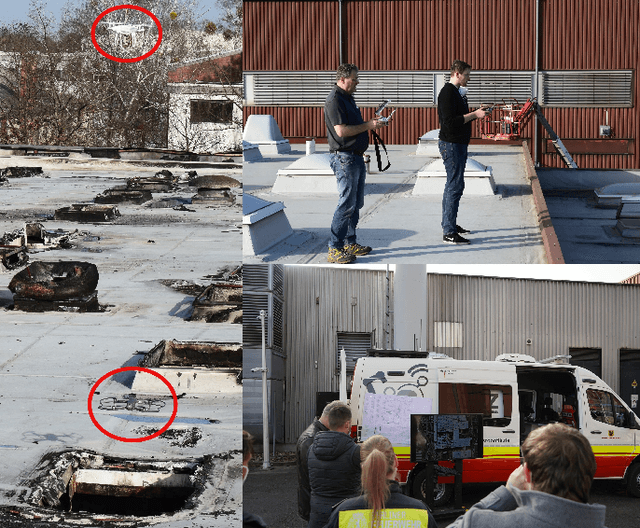Dominik Slomma
UAVs and Neural Networks for search and rescue missions
Oct 09, 2023



Abstract:In this paper, we present a method for detecting objects of interest, including cars, humans, and fire, in aerial images captured by unmanned aerial vehicles (UAVs) usually during vegetation fires. To achieve this, we use artificial neural networks and create a dataset for supervised learning. We accomplish the assisted labeling of the dataset through the implementation of an object detection pipeline that combines classic image processing techniques with pretrained neural networks. In addition, we develop a data augmentation pipeline to augment the dataset with automatically labeled images. Finally, we evaluate the performance of different neural networks.
Lessons from Robot-Assisted Disaster Response Deployments by the German Rescue Robotics Center Task Force
Dec 19, 2022Abstract:Earthquakes, fire, and floods often cause structural collapses of buildings. The inspection of damaged buildings poses a high risk for emergency forces or is even impossible, though. We present three recent selected missions of the Robotics Task Force of the German Rescue Robotics Center, where both ground and aerial robots were used to explore destroyed buildings. We describe and reflect the missions as well as the lessons learned that have resulted from them. In order to make robots from research laboratories fit for real operations, realistic test environments were set up for outdoor and indoor use and tested in regular exercises by researchers and emergency forces. Based on this experience, the robots and their control software were significantly improved. Furthermore, top teams of researchers and first responders were formed, each with realistic assessments of the operational and practical suitability of robotic systems.
PatchMatch-Stereo-Panorama, a fast dense reconstruction from 360° video images
Nov 29, 2022Abstract:This work proposes a new method for real-time dense 3d reconstruction for common 360{\deg} action cams, which can be mounted on small scouting UAVs during USAR missions. The proposed method extends a feature based Visual monocular SLAM (OpenVSLAM, based on the popular ORB-SLAM) for robust long-term localization on equirectangular video input by adding an additional densification thread that computes dense correspondences for any given keyframe with respect to a local keyframe-neighboorhood using a PatchMatch-Stereo-approach. While PatchMatch-Stereo-types of algorithms are considered state of the art for large scale Mutli-View-Stereo they had not been adapted so far for real-time dense 3d reconstruction tasks. This work describes a new massively parallel variant of the PatchMatch-Stereo-algorithm that differs from current approaches in two ways: First it supports the equirectangular camera model while other solutions are limited to the pinhole camera model. Second it is optimized for low latency while keeping a high level of completeness and accuracy. To achieve this it operates only on small sequences of keyframes, but employs techniques to compensate for the potential loss of accuracy due to the limited number of frames. Results demonstrate that dense 3d reconstruction is possible on a consumer grade laptop with a recent mobile GPU and that it is possible with improved accuracy and completeness over common offline-MVS solutions with comparable quality settings.
Deployment of Aerial Robots during the Flood Disaster in Erftstadt / Blessem in July 2021
Sep 07, 2022



Abstract:Climate change is leading to more and more extreme weather events such as heavy rainfall and flooding. This technical report deals with the question of how rescue commanders can be better and faster provided with current information during flood disasters using Unmanned Aerial Vehicles (UAVs), i.e. during the flood in July 2021 in Central Europe, more specifically in Erftstadt / Blessem. The UAVs were used for live observation and regular inspections of the flood edge on the one hand, and on the other hand for the systematic data acquisition in order to calculate 3D models using Structure from Motion and MultiView Stereo. The 3D models embedded in a GIS application serve as a planning basis for the systematic exploration and decision support for the deployment of additional smaller UAVs but also rescue forces. The systematic data acquisition of the UAVs by means of autonomous meander flights provides high-resolution images which are computed to a georeferenced 3D model of the surrounding area within 15 minutes in a specially equipped robotic command vehicle (RobLW). From the comparison of high-resolution elevation profiles extracted from the 3D model on successive days, changes in the water level become visible. This information enables the emergency management to plan further inspections of the buildings and to search for missing persons on site.
Deployment of Aerial Robots after a major fire of an industrial hall with hazardous substances, a report
Nov 29, 2021



Abstract:This technical report is about the mission and the experience gained during the reconnaissance of an industrial hall with hazardous substances after a major fire in Berlin. During this operation, only UAVs and cameras were used to obtain information about the site and the building. First, a geo-referenced 3D model of the building was created in order to plan the entry into the hall. Subsequently, the UAVs were used to fly in the heavily damaged interior and take pictures from inside of the hall. A 360{\deg} camera mounted under the UAV was used to collect images of the surrounding area especially from sections that were difficult to fly into. Since the collected data set contained similar images as well as blurred images, it was cleaned from non-optimal images using visual SLAM, bundle adjustment and blur detection so that a 3D model and overviews could be calculated. It was shown that the emergency services were not able to extract the necessary information from the 3D model. Therefore, an interactive panorama viewer with links to other 360{\deg} images was implemented where the links to the other images depends on the semi dense point cloud and located camera positions of the visual SLAM algorithm so that the emergency forces could view the surroundings.
 Add to Chrome
Add to Chrome Add to Firefox
Add to Firefox Add to Edge
Add to Edge